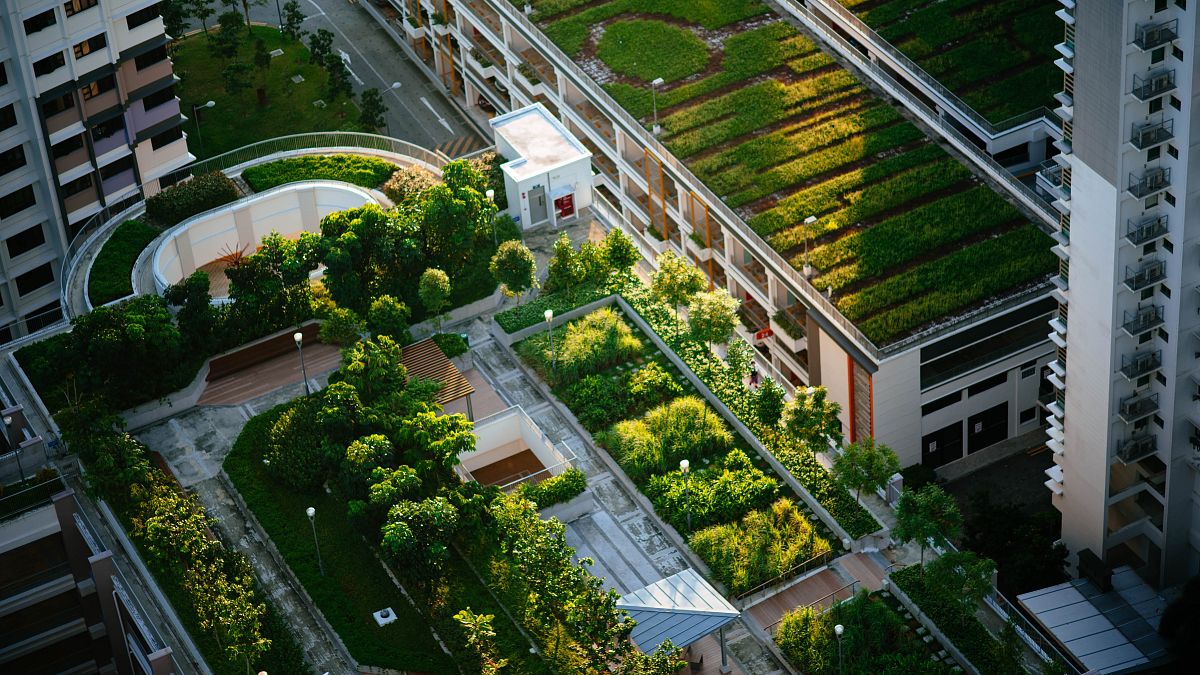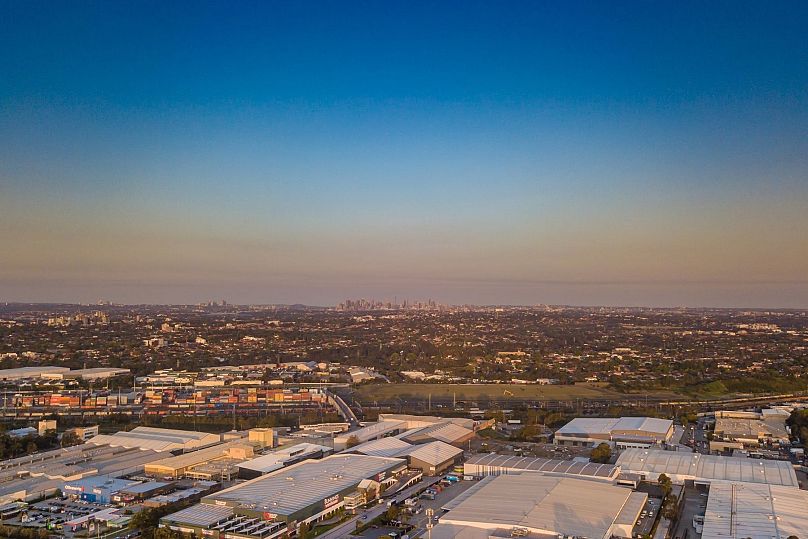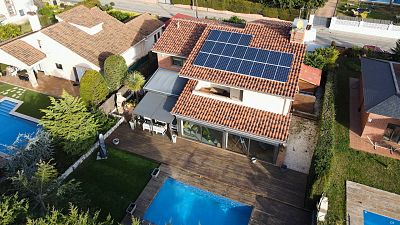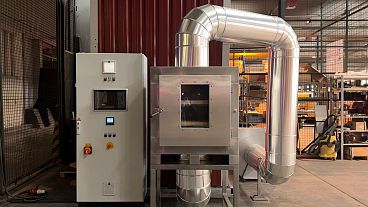We investigate how the COVID-19 pandemic has impacted developing suburbia.
Even before the pandemic hit, many people were proactively opting out of the busy city lifestyle in exchange for a calmer, quieter, more community-focussed existence in the suburbs.
In our increasingly concrete world, the human species - prehistorically designed to exist like other mammals, in wide open spaces we could territorialise, hunt and raise young - has started to crave a connection with our fundamental roots. There’s a reason cities have been designed with green spaces in mind for centuries: it’s a basic human requirement to be able to get outside, and to feel close to nature.
This has, of course, been accelerated in the midst of a pandemic that has forced many global populations to stare at the same four walls for the best part of a year. Strict lockdown restrictions limited outdoor access to once a day, in some instances meaning people had to choose between the UV lighting of the great outdoors or the UV lighting of supermarket aisles.
The past few years have witnessed a gradual shift, which is only expected to gear up in our post-COVID world. Here, we look at why construction professionals are changing priorities when it comes to developing city suburbs.
The impact of COVID-19
As far as COVID is concerned, the main things we’ve all learned are: concrete jungles are not the ideal lockdown location, and cities have literally been built around the concept of ‘the commute’.
Since working from home became such a trend (by that, we of course mean requirement), a lot of apartment blocks and inner-city accommodations have been totally abandoned in favour of out-of-town alternatives. Did any millennial - which, by definition, means no one younger than 25 - envision cascading into the prime of their lives and landing with a crash in their childhood bedrooms?
Unlikely, but the reality is that around the world, the suburbs and outer-city locations are predominantly occupied by older generations who did their time in the bright lights years ago. The key suburban demographic is over 30s with children, an age bracket that climbs upwards the further away from the city you get. The average age in rural areas is more like 65.
For current city-dwellers who might have moved into city centres for work, that translates to having cheaper, secondary accommodation options in quieter corners of the country. Nearly 40 per cent of millennials say the COVID-19 pandemic has forced them to move back ‘home’ for financial, familial and health reasons.
For many, this has come with its unexpected advantages. Those who have had their work and income impacted have been able to skip on the overpriced rent most were only paying to be closer to work. Not to mention the mental health benefits of easy access to the outdoor world, and returning to a community setting that the city often overlooks. Social distancing is just easier away from the city.
How will the pandemic change construction priorities in the future?
For the global construction professionals who have noticed this shift in priorities, there’s a lot to consider.
“The value of investing in the suburbs is different for various sectors of construction,” explains Nathan Priestley, CEO of UK-based Priestley Group. “Demand for offices remains buoyant in city centres, despite the current rise in working from home. Lots of commercial space is still being built; many companies will still need offices as we come out of the pandemic and see a future in collaborative workplaces.”
But as Nathan points out, COVID has upheaved living habits in more ways than one: “The growth of online retailing during the pandemic has caused a surge in out-of-town industrial developments, specifically warehousing.
“Whether the boom in online retail is permanent is yet to be seen, but out-of-town industrial is now one of the most attractive property investment classes. This will create jobs, which will then produce demand for housing in these locations, so developers will naturally respond to that opportunity.”
Nathan’s business is no stranger to prioritising suburban regeneration. Priestley Construction specialises in taking pre-existing structures and transforming them into quality residential developments. One of its most recent projects, Conditioning House in Bradford, will see one of Yorkshire’s most historic landmarks turned into over 150 apartments in a mixed-use development.
“The north is steeped in industrial heritage, meaning many historical commercial buildings, such as mills or warehouses, are no longer fit-for-purpose,” Nathan explains. “Priestley Group operates in the regeneration space because we want to breathe new life into existing buildings, which otherwise would be lost.”
“Here in the UK, our well-documented housing crisis remains unsolved, with new-build developments nowhere near the levels required. Renovating derelict, brownfield sites is a key solution to the crisis. It should be a major focus across local authorities, especially in areas across the north where access to affordable, high-quality housing is an issue.”
What are the eco advantages of suburban development?
Renovating brownfield land (the wasteland often encountered beyond the city limits, which might once have housed industrial buildings or apartment blocks no longer fit-for-purpose) goes hand-in-hand with protecting greenbelt spaces. These are defined as undeveloped, wild or agricultural land surrounding neighbouring urban areas. Essentially, what gives suburbia its natural charm.
The greenbelt movement means construction professionals have to prioritise making use of brownfield land. In the case of developers like Priestley Group, the environmental benefits of rebirthing pre-existing buildings are major: you skip a whole step in the construction process, namely: demolition.
Brownfield land which has been acquired following this process must see a significant clean-up, removing volatile chemicals, for example, and recovering desirable locations, enabling smarter growth via urban intensification.
In a 2010 Ted Talk, architectural educator and urbanist Ellen Dunham-Jones addresses how the big design project for suburbia over the next 50 years will be retrofitting. ‘Whether it’s redeveloping dying malls or reinhabiting dead stores, or reconstructing wetlands out of parking lots. It’s about taking our least sustainable landscapes right now, and converting them into more sustainable places.
“This redirects a lot of our growth into existing communities that need a boost and have the infrastructure in place, instead of continuing to tear down trees and tear up the green space.”
What is the demand for this sustainable suburban lifestyle?
We’re living in an era where the environment resides at the top of many people’s priority list. There’s a growing demand for eco-housing and biophilic design worldwide - something which the in-progress suburbs stand in much better stead to accommodate than the pre-built city centres.
That’s not to say eco-design cannot be implemented in the city. In recent years, Paris unveiled its Clichy-Batignolles eco-district, an area which is fronting the city’s Climate Plan and Biodiversity plan. Milan’s Bosco Verticale is a biophilic dream tower within the ring road. Berlin’s Okohaus was Frei Otto’s ahead-of-its-time ‘90s project in central Berlin.
But in our built-up world, the suburbs are home to so much more potential for eco-focussed experiential builds that provide residents with sustainable options, proximity to space and a sense of community.
The COVID-19 pandemic has fuelled the demand for a life beyond the city ideal which was rampant in the late 20th century - and future suburban dwellers have a list of expectations apt for the new age.




